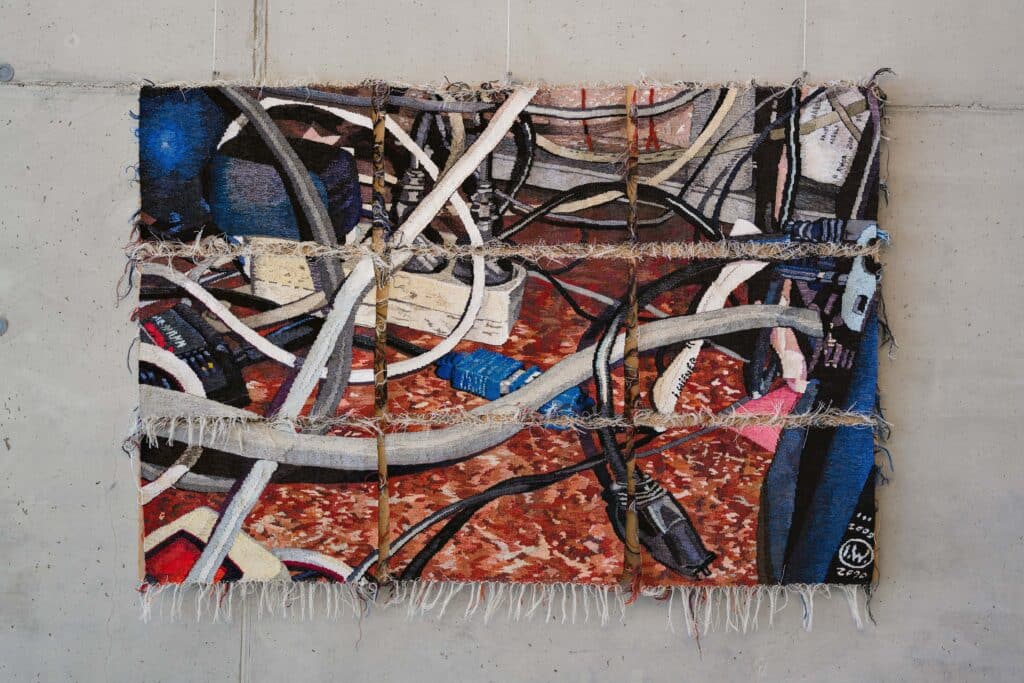Textiles and ceramics - two materials that at first glance appear to be opposites - have a lot in common: they share a haptic design language that alternates between hard, bulky, soft and flowing. We associate textiles that are sculpturally dense with warmth and flexibility. They contrast with the cool fragility of ceramics formed from soft clay or loam. This fascinating interplay is explored in the MAK exhibition HARD/SOFT. Textiles and Ceramics in Contemporary Art explores this fascinating interplay and presents works by around 40 international artists, many of whom are being shown in Vienna for the first time.
The materials, forms and meanings of the selected works open up a broad spectrum of ambivalences, blurs and simultaneities that also dissolve gender attributions. Present in all cultural areas, textiles and ceramics are closely linked to the applied arts and symbolize community. The works are often produced collectively in studios, workshops and collectives. The materials and production processes are associated with different groups and communities. In contemporary visual art, textiles and ceramics enable interdisciplinary synergies that open up the boundaries to architecture, digital art, music, performance and dance.

Ingrid Wiener, Dr. Müller's Cable Spring, 2009/10 Courtesy of Charim Galerie © Georg Petermichl
The exhibition sheds light on craft techniques and attributed material properties as well as socio-political and feminist concerns. As material and cultural carriers of meaning, both media are inscribed in economic and political systems. They are therefore particularly suitable for addressing themes of cultural appropriation or postcolonial approaches. Everyday materials function here as a barometer and mirror of our time. As Anni Albers (1899-1994), one of the most important protagonists of the avant-garde, describes in her study On Weaving (1965), the combination of natural and artificial forms in a landscape allows comparisons to be drawn with the woven pattern, materials and structures of textiles. In addition, the significance of textiles in cultural and geopolitical contexts is illustrated. Formative artistic positions are brought together in the exhibition with works by a young generation of female artists. These, for example, form a link to the iconic spatial installation Hôtel du Pavot, Chambre 202 (1970/73) by the American artist Dorothea Tanning (1910-2012). Tanning created a surrealistic scenery of figures that emerge from the walls, the furniture and the fireplace - in the mode of soft sculpture.
December 12, 2023 to May 20, 2024
www.mak.at

Dorothea Tanning, Hôtel du Pavot, Chambre 202, 1970 © The Estate of Dorothea Tanning/Adagp, Paris; crédit photographique: Georges Meguerditchian - Centre Pompidou, MNAM-CCI /Dist. RMN-GP;












